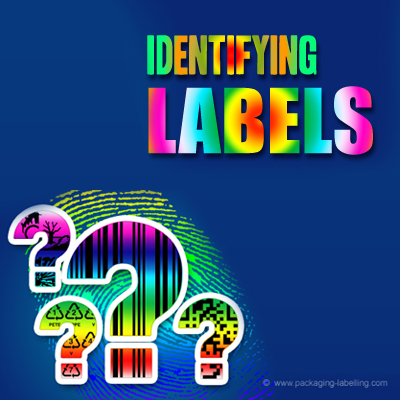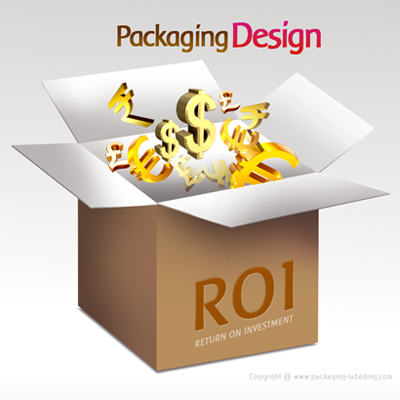Identifying the Labels - What they Speak!!

The way a product is packaged and labelled, defines about the product. An important stage after manufacturing of goods is the preparation for dispatchting them, which involves packaging and labeling of goods. Proper packaging and labeling gives the final product an attractive look, also saves a huge amount of money by saving the product from wrong handling in the export process.
Packaging process aims to protect the products from chemicals, physical and microbiological encroachment. The package material provides a medium for presenting advertising messages and other important information to the consumer. Last but not the least; the package is one of the greatest influences on a consumer's decision to try out the product.
The term labelling as defined by many researchers, indicates “The labels and other written, printed or graphic matter, some kind of visual metaphor visible on the packed material”. The label speaks about the name of the preparation, percentage content of preparation, the amount of active contents of a dry preparation, the way of administration, a state of storage condition and expiry date. Also a label must indicate the name of manufacturer or distributors and carry an identifying lot number.
Requisites for a good label:
- Before designing a label one should know, all the regions where the product will eventually be sold, and through which distribution channels.
- One should be aware of the information which would be helpful to the customers.
- Proper selection of the colors and promotional appeals that are suitable for the product audience.
- The way the label will be applied on the packaged product.
- Research required to understand what labeling material is suitable for the product.
- Also, before designing a label one should know regulatory requirements for the product.
Every single product requires different materials for packaging. In the same way different materials are used for labelling such as paper, foil and fabric. it is also possible to print directly on a bottle or other containers by means of silk screen, offset or hot transfer process.
Labelling on the products can be confusing, but it is necessary to know what the labels speak about themselves:
- Recycle
This labels depicts that an item is made from recycled material or that it can be recycled when usage is completed. - Batteries
This recycling symbol is same as the electrical items recycling symbol, but does not have a bar at the bottom of the crossed out wheeled bin. - Electronics
These symbol have bin with a crossed sign and a bar beneath. - Glass
This symbol signifies that one can recycle the glass items. - Aluminium
This symbol signifies that one can recycle the aluminium items. - Steel labels
This symbol signifies that one can recycle the steel items. - Plastics labels
There are seven different plastics labels, all made up of a triangle symbol with a number inside from 1 to 7. These symbols below help consumers to identify different types of plastics. - Mobius Loop symbols
The Mobius Loop indicates that a product - or part of it - may be recyclable where facilities are available. The Mobius Loop is not controlled by strict rules, and recycling schemes are different across the country. - Mobius Loop with percentage
If packaging material displays this mobius loop it contains x% of recycled material. Use of this symbol is own free will. Not all packaging with recycled material content will carry this symbol. - On-Pack Recycling Label Scheme
The On-Pack Recycling Label scheme aims to deliver a simpler, consistent, recycling message on both retailer private label and brand-owner packaging to help consumers recycle more material, more often. This On-Pack Recycling Label describes about what different parts of a product are made of and whether one can recycle them or not.
This type of label lists three possibilities for recycling:- ‘widely recycled’ - 65 per cent of local authorities collect this packaging type for recycling
- ‘check local recycling’ - 15 to 65 per cent of local authorities collect this packaging type for recycling
- ‘not currently recycled’ - less than 15 per cent of local authorities collect this packaging type for recycling.
- Trademarks
The Green Dot is a symbol that is displayed on packaging, signifies that the producer of that piece of packaging has made a contribution towards the recycling of packaging. Its more of a trademark than a labeling symbol. - Hazardous materials or dangerous goods
These symbols have special information and differentsymbols to indicate that some hazardous materials is being transported or is packed inside
Today different types of symbols for package labeling are nationally and internationally standardized and used on various products ranging from consumer packaging, symbols exist for product certifications, trademarks, to proof of purchase, etc. While some requirements and symbols exist to communicate aspects of consumer use and safety, while other describe about what kind of a product it is.
Now days Bar codes, Universal Product Codes, and RFID labels are common to allow automated information management in logistics and retailing.









